Thailand Information & Resources Page
Hello there! Welcome to our ultra-secret information & resources page, specially built just for our guests who are coming to Thailand. This page is not linked from our main website, so if you’re reading this, consider yourself inside the circle!
Here you’ll find a handcrafted collection of suggestions that will help you prepare for your upcoming trip to Thailand, everything from what to pack, to tips on health and safety, and even Smiling Albino-endorsed books, movies and television shows that you can watch to learn more about the places you’re going to be traveling in. Exciting!
So while we’re building and refining all the details of your upcoming trip, please grab a beverage of your choice, put your feet up, and start to scroll.
Visas
Western visitors are granted a 30-day visa upon arrival in Thailand. Your passport must have at least 6 months of validity on it in order to land in Thailand and surrounding countries. It’s surprisingly easy to overlook this! We recommend at least two blank pages in your passport and an extra blank page for each additional country you plan to visit on the same trip.
If you have any questions about applying for visas in any of the countries you’re travleing in, just let us know and we’ll go over it together.
Money
ATMs are widely available and a great way to access funds during your adventure. There are plenty of local banks and authorized currency exchange booths. Note that hotels and airports usually charge a premium rate for money exchange. Cash is king, although as things evolve, some shops (like many Starbucks locations) have gone cash-free. Major credit cards (VISA, Mastercard, AMEX) are accepted at most retailers as well, but fees of around 3 or 4% may be incurred, which vary from bank-to-bank. If you’re unsure, we recommend asking your bank what to expect.
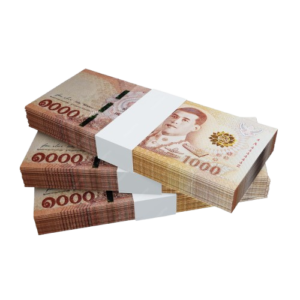
Emergency Numbers
Thailand has recently adopted 911 for all emergencies, but for direct lines, dial 1155 for the Tourist Police who can assist in general emergencies and for the Royal Thai Police dial 191.
Health and Safety
For all Southeast Asian countries, following basic health precautions will ensure a hassle-free experience.
- Apply mosquito repellent during dawn and dusk.
- Drink plenty of bottled water (we will provide ample bottled water) and avoid uncooked meat and fish.
- A sun hat is recommended for days out. Not only does it look whimsical, it keeps the rays off your dome.
- Sampling market or ‘street food’ is generally okay and your hosts will steer you to safe bets.
- Cubed ice is preferable to crushed ice and avoid drinking tap water, but you likely won’t have to worry about this at any places we stop at, which all use ice from factories.
Check this vaccines and medicines list and visit your doctor at least a month before your trip to get vaccines or medicines you may need.
Hospitals
Bangkok has several world-class hospitals with internationally trained doctors and medical staff, and modern equipment and technologies. It is a medical hub for the region receiving most medivacs from the rest of the country as well as neighboring countries. Big cities like Chiang Mai, Phuket, Krabi and others also have very good medical facilities. Ask your guides about this if you’d like more specific information.
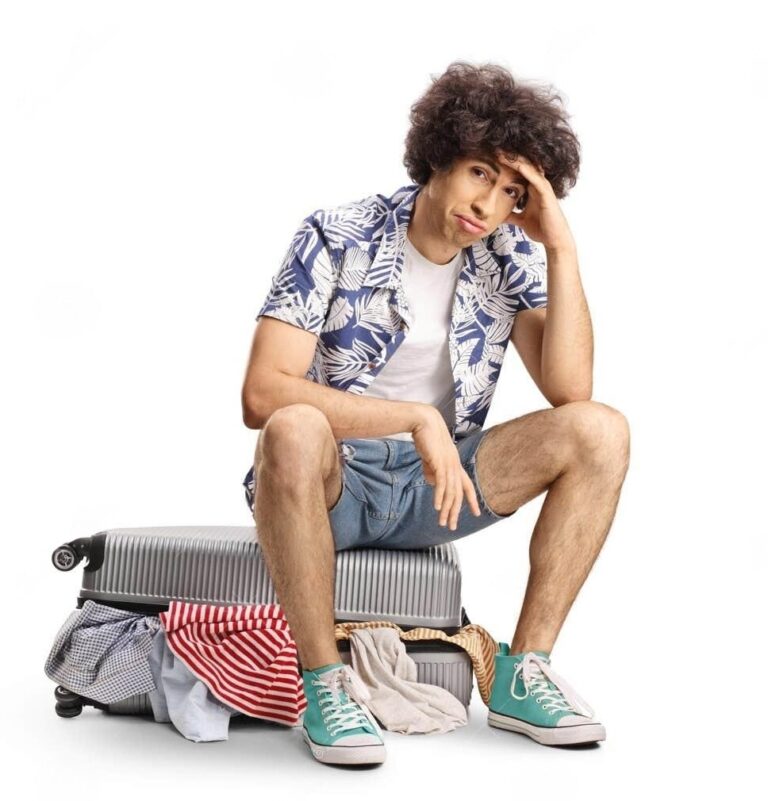
What to Pack, What to Wear?
Comfortable and lightweight clothing is preferable in Southeast Asia. For temples, long pants/skirts are required for women and shirts that cover at least the shoulders. Long pants for men. We usually just tell people “Dress like you’re going to a backyard BBQ at your new boss’ house.” Unless you have a strange relationship with your boss, that usually covers the bases.
Footwear for days out should be comfortable runners, or sport sandals (sandals must have a strap around the heel if entering royal venues like Bangkok’s Grand Palace). It is also recommended to bring a casual evening outfit and comfortable shoes that you could wear to a chic cocktail lounge, but also walk a few blocks in as well.
The far north of Thailand can get cool at night from November – January. Occasionally it drops to single digits Celsius so a good sweater or fleece and even gloves may be useful if this applies.
Depending on the nature of your trip, you’ll also want to bring swimwear/athletic wear.
Haggling
In all markets and some stores (you usually know when it’s appropriate) negotiating price is very much the norm. If you keep the conversation friendly, take your time and don’t look too eager you can usually shave anything from 10-60% off the initial price. However, keep in mind that spending 30 minutes haggling over $0.50 is not really worth it.
How Does Tipping Work?
Tipping is a relatively new phenomenon in Southeast Asia – of course, like anywhere in the world (apart from Japan) tips are always appreciated, but in most establishments the staff won’t be upset if you decide not to tip. Here are a few tipping, uh… tips:
- Restaurants: If you are dining at a simple street side stall, you generally don’t tip (though it is common to let the stall holder keep the change if it’s a small amount). If you are at a casual sit-down restaurant, 10% will do it. If you are eating at a more upscale establishment check the bill as a 10% service charge is often added. Leaving extra is fine, but you don’t need to leave a lot.
- Hotels: If you’re pleased with the cleanliness of your room and the maid service, leave 1.50-3.00 USD per day that you stay on the bedside table each day. If a porter brings your bags to your room, then again 1.50-3.00 USD is acceptable. If you have received great service from a particular staff member during your stay – the concierge or a member of the security team for example – then a small tip on departure, say 5.00 USD is a nice gesture.
- Guides: Our guides do not accept commissions or kickbacks from vendors, and they are well paid and motivated to do a great job taking care of you. That said, if you are genuinely satisfied, they would be grateful for something extra. A general guideline would be between 10-15 USD per person per day. For a family doing a multi-day trip, approximately 5-10 USD per person per day. There are times when extraordinary service warrants more, but use your judgment as you would at home.
- Drivers: Our drivers are dedicated to their job, with your safety and comfort above all else. If you formed a relationship with your driver and they have exceeded expectations, you may wish to consider tipping 5-10 USD/day.
Cultural Tips
Thais are very easy going and would rarely tell you if you are doing something that offends them. However, here are a few things to think about while you are in the Kingdom:
- Never touch adults on the head. Thais consider heads the spiritual apex of the body.
- Thais consider feet to be the spiritual low point of the body. Do not put them up on chairs, ledges or use them to point, and never show your soles to a Buddha statue if you’re sitting on the ground.
- Do not blow your nose while eating. It is best to get up and step away from the table.
- In busy centers, keep your shirt on (unless on the beach of course).
- Do not tan nude at any time in Thailand.
- Refrain from speaking publicly about the Royal Family of Thailand out of respect.
- Women must never come in physical contact with a monk.
- Smile early and smile often – it opens many doors.
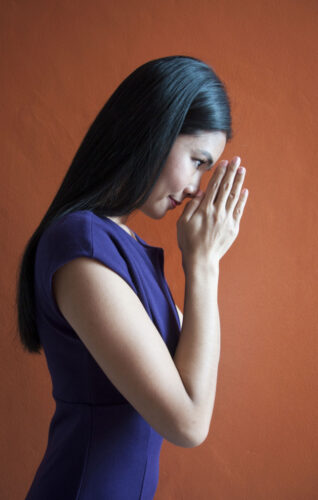
Shopping
Our guides and ground team are trustworthy and have your best interests at heart. We have a very strict policy against kickbacks and commissions. We would never compromise your free will for third party gain or to appease alliances of convenience.
If you seek shopping advice from a taxi driver or even a concierge, it is safe to assume there is a commission arrangement therein. This does NOT mean you won’t get good advice – which you often will – but please be forewarned that there is often a network of relationships behind most free advice in this part of the world. Use wisdom and common street sense. Tuk-tuks or cab drivers offering free rides, or friendly strangers informing you of closed temples are often part of a larger scheme that eventually leads you into some kind of complex shopping caper. Be savvy. We cannot be held responsible for alliances of chance that may otherwise compromise your accurate judgment.
With this in mind, assume anyone who approaches you on the street looking to start up a conversation is probably part of a network trying to get you to buy something. A good rule of thumb is this: When you return home, will you stand on the street offering free advice to tourists? Probably not – and neither do Thais, unless they’re getting paid.
Your State of Mind
You are visiting a part of the world where the smile is king and queen. Grace and politeness are paramount. It’s all about the Asian concept of ‘saving face’. Thais (and Cambodians and Laotians and Vietnamese and Burmese) are friendly people. They are happy to have you here and they don’t want you to be disappointed. All of this is wonderful, but it can sometimes lead to confusion and miscommunication.
Think of it like this: no one should ever be embarrassed or made to feel inadequate. People are more inclined to tell you what they think you want to hear as opposed to what you actually need to hear. For example, if you ask someone if there’s a bank down the street (and there isn’t) they will smile and say “yes”, or perhaps just smile and say nothing. But they probably won’t say “no”, because that might cause disappointment. Remember, they want you to be happy!
So, a few key corollaries to the rule of saving face:
- Be careful how you phrase your questions.
- Be careful how you consider the answer.
- Try not to say or express things in a way that might make someone feel badly about anything.
- Be patient.
- Smile.
What’s Your Sign, Baby?
You may find it handy to know what day of the week you were born as there are many interesting fables and nuances in Thai mythology that may arise in regular discussion with Thais while you are here. The same goes for your blood type, oddly.
What to Watch, What to Read?
Whether you’re preparing for your adventure, currently enjoying it or reminiscing years later, food for the soul is always a good thing. These picks can be enjoyed while overlooking the Mekong River, lazing on a stunning beach, riding the plane or lounging on your couch at home. Here are some books, movies and music we enjoy and hope you will too.
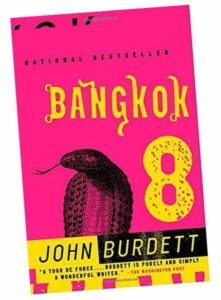
Books
Just for Fun
- Bangkok 8, by John Burdett: A twisting tale of a half-Thai police officer trying to solve a murder on the streets of Bangkok.
- The Big Mango, by Jake Needham: An American is summoned to Bangkok on a mysterious mission to find missing Vietnamese money.
- Tea Money, by Jake Needham: Another enjoyable detective tale set in the Kingdom.
- The Judgment, by Chart Korbjitti: A depressing look at the effect people’s ideas of another can have while providing a fascinating look at life in a small Thai village.
- Bangkok Babylon, by Jerry Hopkins: A longtime Bangkok resident exposes the country’s most interesting foreign residents.
The People/Culture/Country
- Lonely Planet Thailand, by Joe Cummings: The world’s best selling travel guide – tonnes of great info plus, the author’s a really nice guy and plays a mean blues guitar!
- Very Thai – Everyday Popular Culture, by Philip Cornwel-Smith and John Goss: A very fun book that covers pretty much every quirky area of Thai culture and society – great pictures too.
- Bangkok Then and Now, by Steve Van Beek: A nice picture book comparing old pictures of the fast changing capital with ones taken today at the same location.
- Culture Shock Thailand, by Robert Cooper and Nanthapa Cooper: A nice, light, quick introduction to all things Thai.
- Thai Ways, by Denis Segaller: A long-term expat’s explanation of quirky things Thai. Quite a fun read.
- Phra Farang – An English Monk in Thailand, by Phra Peter Pannapadipo: As the title suggests, a British man’s transition to becoming a Thai monk.
- Touch the Dragon – A Thai Journal, by Karen Connelly: A Canadian woman’s journal from her one-year living at Denchai, a northern Thai farming community when she was 17. Won the Governor General’s Award in Canada.
- The Story of Tongdaeng, by His Majesty King Bhumibol Adulyadej: An illustrated biography of Tongdaeng, the late King of Thailand’s favorite dog.
- A History of Thailand, by Chris Baker: A briskly moving narrative that gives you the big picture, highlighting the important people and events in the development of the country without getting bogged down in the details. The last 200 years of Thai history form the bulk of this book.
- The Ideal Man by Joshua Kurlantzick: A fascinating look at how Jim Thompson, the West’s greatest spy in Asia tried to stop the new American way of war – and the steep price he paid for failing. A great read.
- Lanna Renaissance, by Joe Cummings & Luca Tettoni: A visual exploration of Thailand’s northern ‘Lanna’ design and its modern day resurgence, accompanied by great text.
- Democracy, Shaken & Stirred, by Win Lyovarin: A wonderful look at Thailand’s democratic path told through the voices of two old men.
- The Falcon of Siam Trilogy, by Axel Aylwen: Set in the late 1600s, this is a engrossing historical tale of 17th century Siam
- Four Reigns, by Kukrit Pramoj: A rich and entertaining story of one woman’s life both inside and outside the royal palace in Bangkok. Spanning a period of four reigns, from King Chulalongkorn to the reign of his grandson King Ananda.
Cookbooks
Get your sizzle on with these great titles that cover a great variety of food, from classic Bangkok dishes to provincial dishes to street food to vegetarian. You should be able to find them in Asia Books (a chain of shops around Bangkok) and most are on Amazon.
- Baan: Recipes and Stories from My Thai Home – Kay Plunkett-Hogge
- Cooking with Poo – Saiyuud Diwong (Khun Poo)
- Pok Pok – Andy Ricker
- The Principles of Thai Cookery – Chef Mcdang
- It Rains Fishes: Legends, Traditions and the Joys of Thai Cooking – Kasma Loha-Unchit
- 101 Thai Dishes You Need to Cook Before You Die – Jet Tila
- Simple Thai Food: Classic Recipes From The Thai Home Kitchen – Leela Punyaratabandhu
- Thailand: The Cookbook – Jean-Pierre Gabriel
- The Food of Northern Thailand – Austin Bush
- Rosa’s Thai Cafe: The Vegetarian Cookbook – Saiphin Moore (edited)
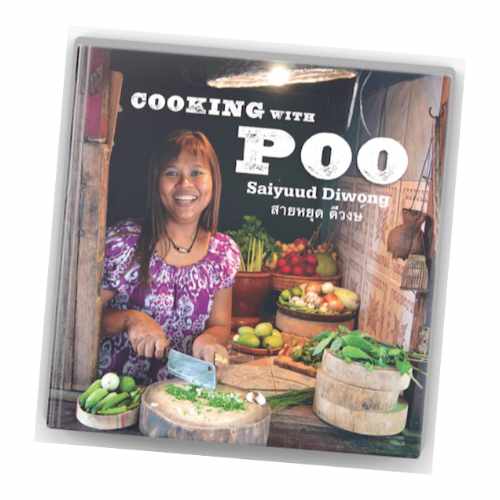
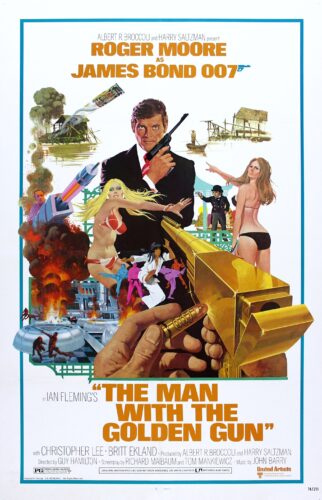
Films
- The Man with the Golden Gun (1974) – James Bond is chasing bad guy Scaramanga through Bangkok and on the Andaman Sea.
- Beyond Rangoon (1995) – Set in 1988, Beyond Rangoon takes us to Thailand’s lesser known neighbour of Myanmar (Burma), a region once recognized as the wealthiest and most ravishing in all of Asia but which, by this point in time, had all but gone up in the flames of political suppression.
- Bridge over the River Kwai (1957) – British soldiers are forced to build a railway bridge for their WWII Japanese captors, unaware of an allied mission to blow it up.
- The Beach (2000) – Okay, not a great movie but it was shot at Maya Bay on the island of Ko Phi Phi. Leo (the star) meets Leo (the beer)!
- Anna and the King (1999) – The classic tale of a British woman’s ‘relationship’ with Rama IV, Thailand’s fourth king of the Chakri Dynasty.
- Ong Bak (2003) – Thailand’s Tony Jaa rips it and them up. This guy does all his own stunts and there are no computer effects. It’s a bit rough around the edges, but if you’re an action aficionado, you’ll love it.
- Bangkok Dangerous (2008) – Nicholas Cage as a hitman running amok in Bangkok.
- The Railway Man (2013) – This movie addresses the haunting memories of one of the thousands of Allied prisoners of war forced to work on the construction of the Thai-Burma railway during WW2.
- Thirteen Lives or The Cave: Two different movies about the famous Wild Boars cave rescue. Both are pretty good – Thirteen Lives is directed by Ron Howard and is more Hollywood-y, while The Cave features the real people involved in the rescue as the main cast.
- The Creator (2023) – A fascinating sci-fi film where a soldier must shepherd a young girl to safety while trying to find his (maybe) dead ex-wife and discern if the girl he’s protecting is actually an AI super-weapon that will destroy humanity. Beautifully shot in multiple locations around Thailand.
